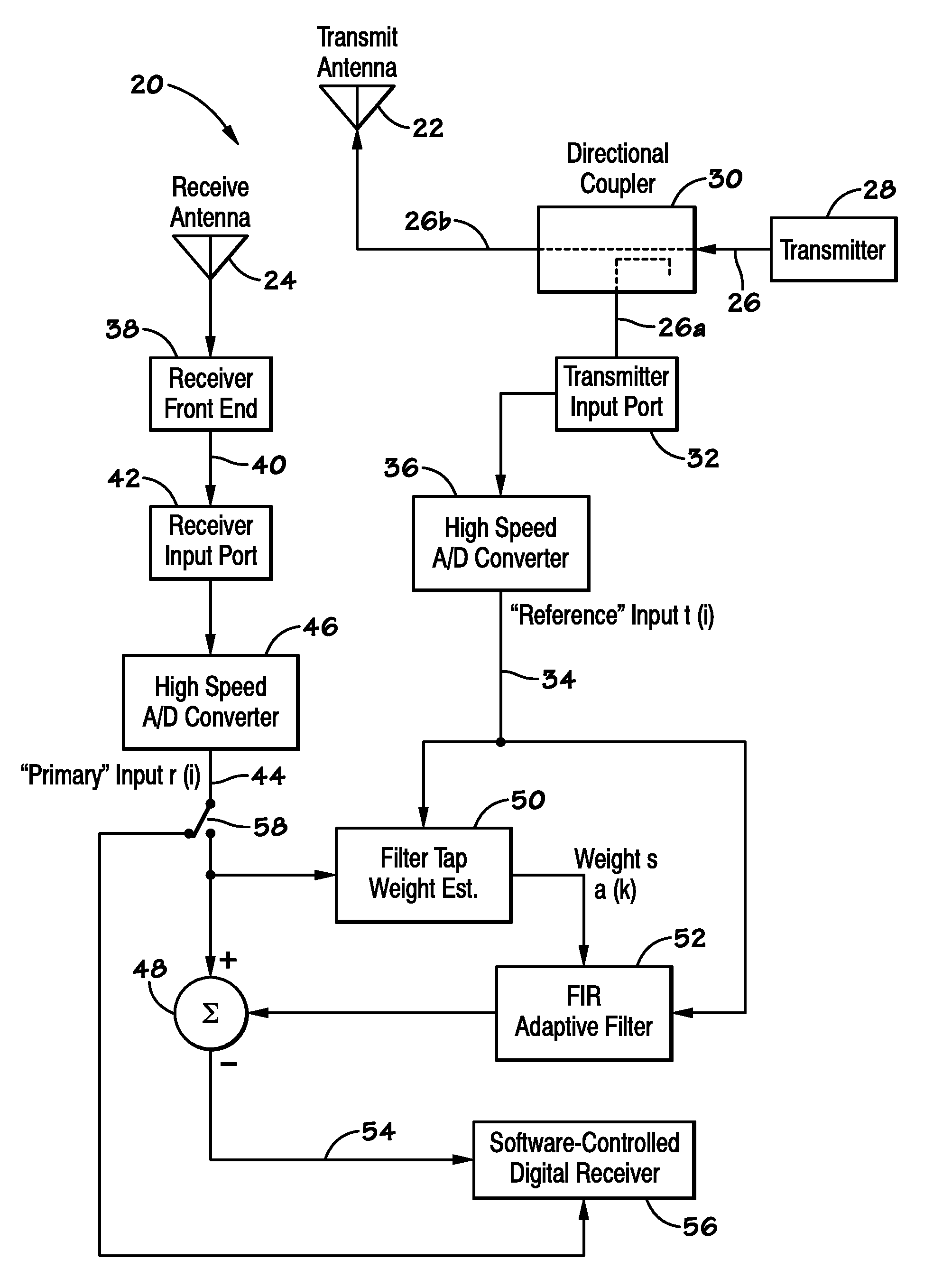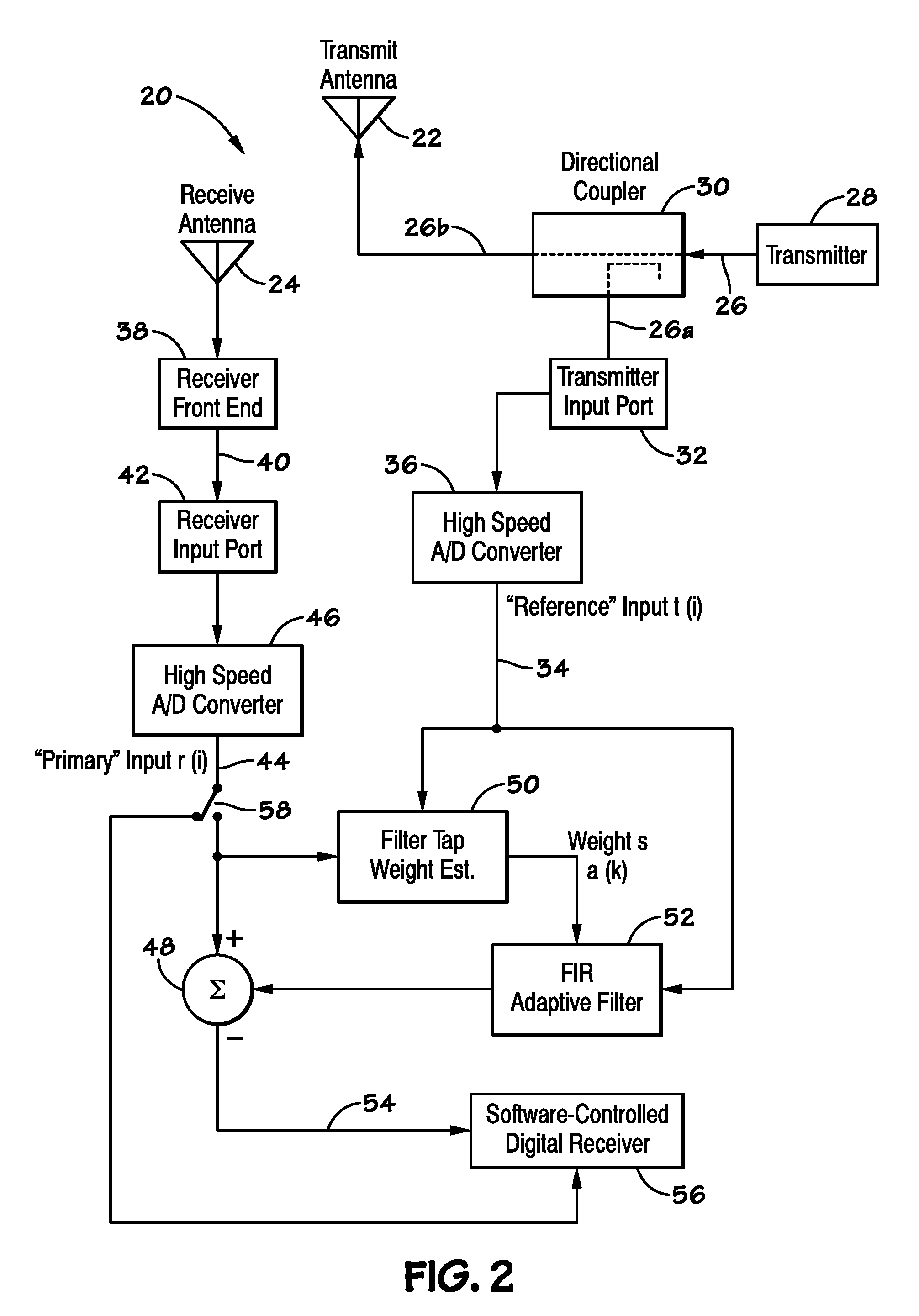Division free duplexing networks
a network and division free technology, applied in the field of communication systems, can solve the problems of insufficient systems for some communication networks, direct interference between opposite propagating signals, and increasing complexity
- Summary
- Abstract
- Description
- Claims
- Application Information
AI Technical Summary
Benefits of technology
Problems solved by technology
Method used
Image
Examples
Embodiment Construction
[0014]A communication network may be an interconnection of devices capable of communicating (e.g., transmitting and receiving data, speech, etc.) with other devices in the network. A communication between two devices in the network may be made through a communication route of links connecting the two devices. For example, in a communication between a first device and a second device, a communication route may refer to a series of links which connect the first and second devices. A “link” may refer to a connection, a transferred signal, etc., and depending on the configuration of the network, links may be made between any communication devices in the network or between devices and other nodes or controllers in the network.
[0015]During a communication, each of the communicating devices may transmit and receive signals. For example, two communicating cellular phones may transmit and receive voice signals (or modulated voice signals) to enable a conversation. Thus, each communication de...
PUM
 Login to View More
Login to View More Abstract
Description
Claims
Application Information
 Login to View More
Login to View More - R&D
- Intellectual Property
- Life Sciences
- Materials
- Tech Scout
- Unparalleled Data Quality
- Higher Quality Content
- 60% Fewer Hallucinations
Browse by: Latest US Patents, China's latest patents, Technical Efficacy Thesaurus, Application Domain, Technology Topic, Popular Technical Reports.
© 2025 PatSnap. All rights reserved.Legal|Privacy policy|Modern Slavery Act Transparency Statement|Sitemap|About US| Contact US: help@patsnap.com



